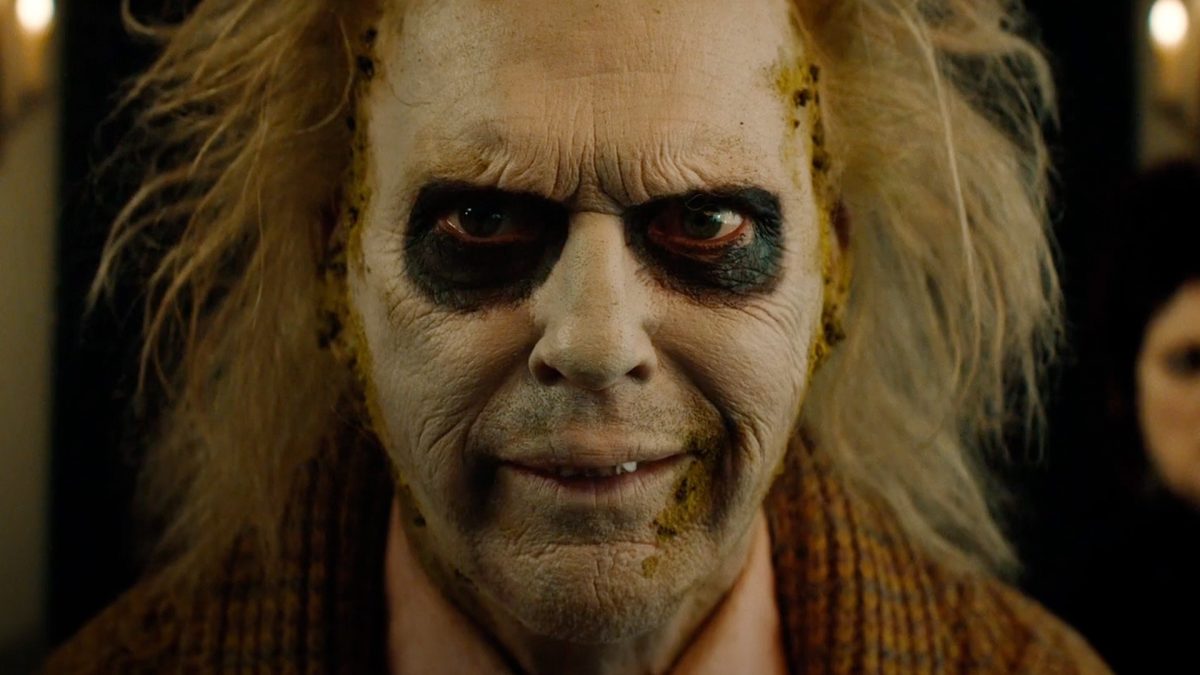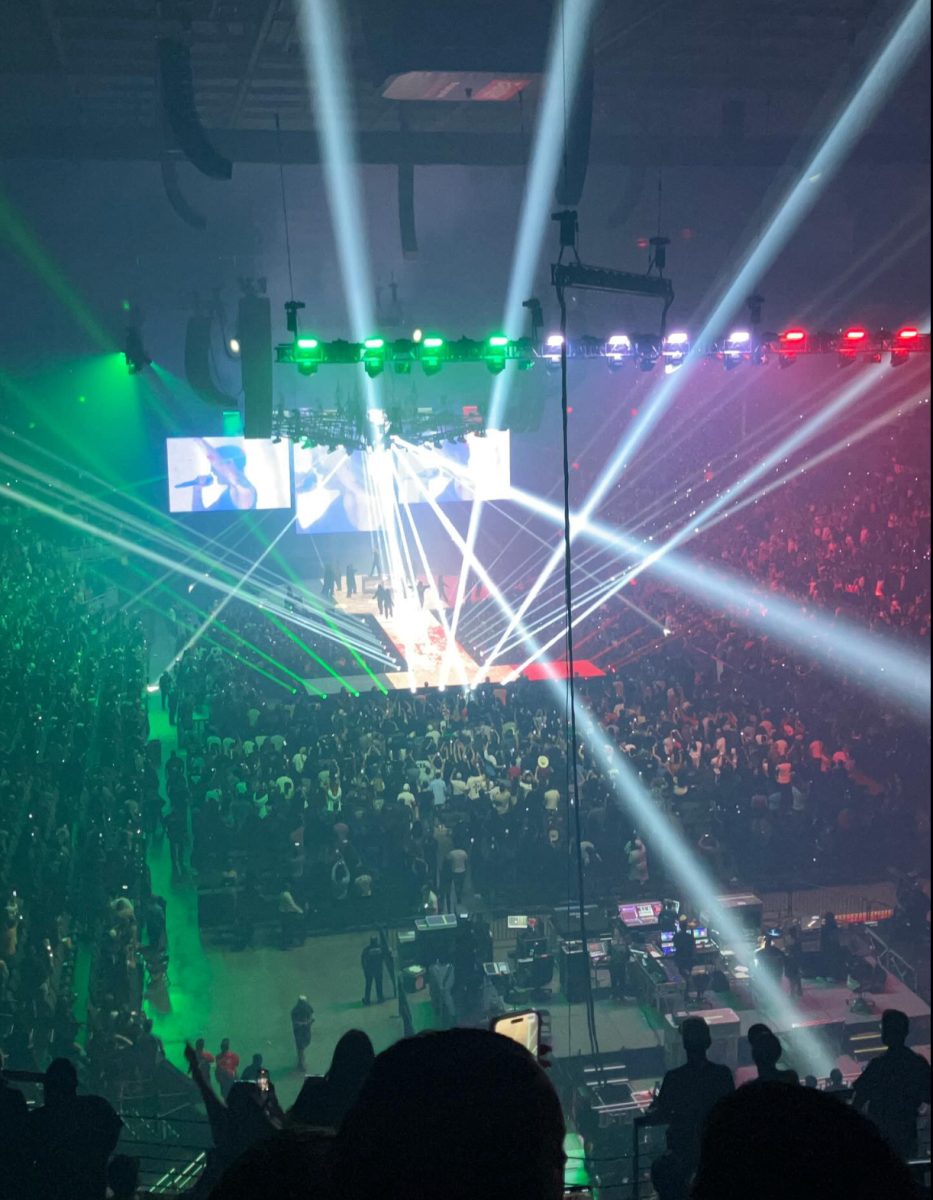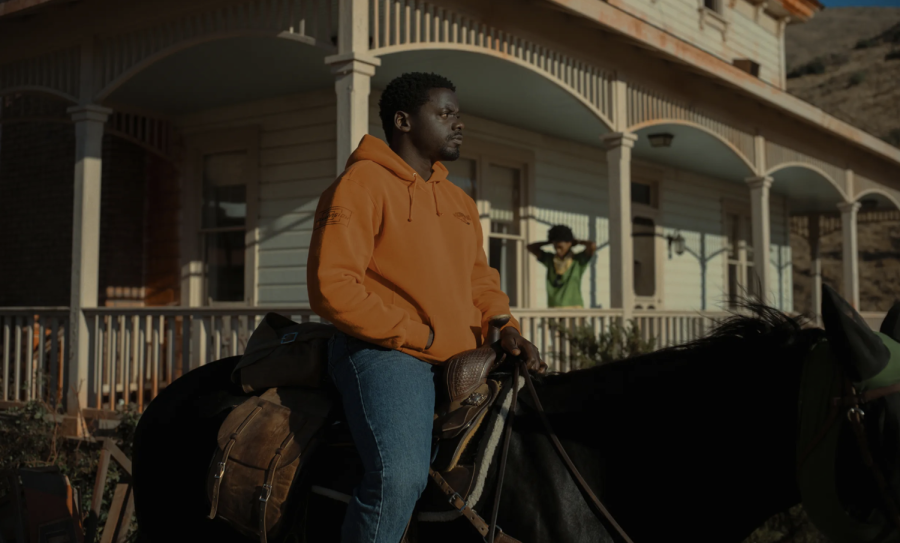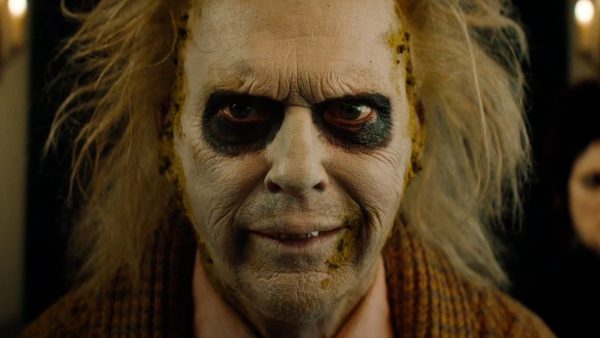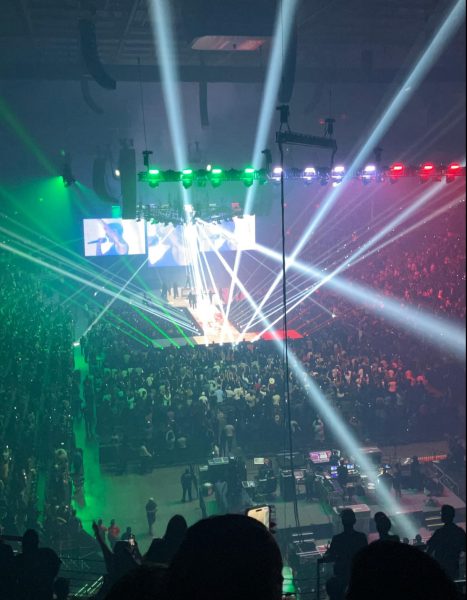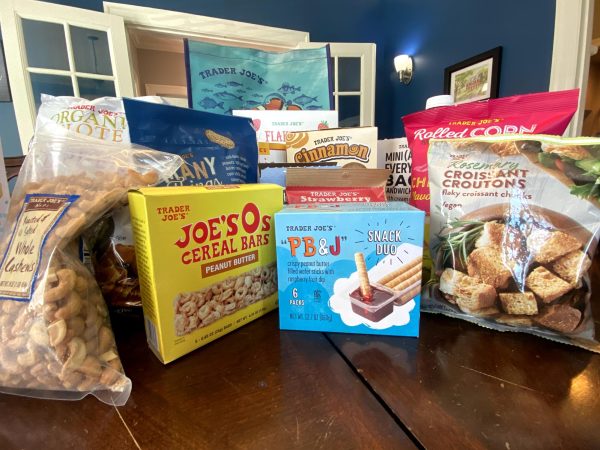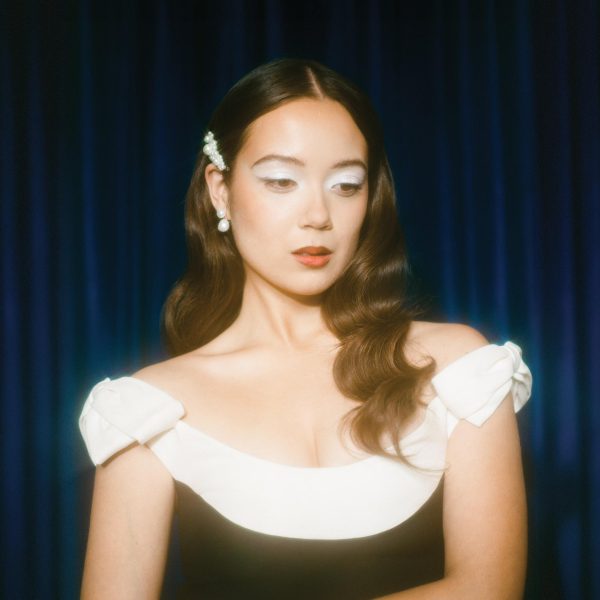‘Nope’ is a triumph of horror cinema
Jordan Peele is a mastermind of the genre of horror. In his third feature-length film, Nope, Peele creates an original and terrifying tale of extraterrestrial life that left me astounded as the credits rolled.
The film follows O.J. Haywood (Daniel Kaluuya) and Emerald Haywood (Keke Palmer), two adult siblings who run a horse ranch in the desert of California. After horses disappear from their stables and mysterious objects rain from the sky, the two encounter a large, threatening, extraterrestrial being soaring over the horizon of their ranch. The rest of the movie follows the sibling’s journey to document the existence of the strange thing floating ominously in their vicinity.
One characteristic that is included in all of Peele’s films is a level of social commentary. Symbolism and metaphorical connections between the events in his screenplays and social issues in real life are found in all his movies. In Nope, Peele’s commentary focuses on modern entertainment culture and societal obsession with spectacles. The opening scene of the film, which takes place in 1998 and on the set of a sitcom titled “Gordy’s Home,” truly encapsulates this message. The sitcom involves an animal actor, a chimpanzee called Gordy. After balloons mistakenly pop on set, causing loud noises that startle everyone, Gordy begins to attack the other actors. Even though this seems to be a tragic, freak accident, it was completely preventable. Chimps are known to be dangerous, and it is bad for the animal to be kept in this type of environment.
The screenwriters, directors, and producers of the sitcom knew this, and yet they still chose to include a chimpanzee actor. The reason they did this is simple; including something interesting, original, and possibly dangerous could create a spectacle that will bring in money from viewers. This ties the storyline back to Peele’s commentary. The merging of Society’s fascination with spectacles and the culture of modern entertainment elicits negative consequences. Peele’s use of “Gordy’s Home” as an example is not the only way he supports his commentary. Many parallels exist between the plot of Gordy and the plot of O.J. Haywood’s quest to document the mysterious occurrences that take place on his ranch. The way Peele intertwines two storylines to create a captivating tale as well as meaningful symbolism is enthralling, and something that should be celebrated in the age of modern cinema.
With his incredible use of cinematography, Peele has created a series of distinctly memorable and truly frightening shots from his movie. Like Get Out’s “sunken place” and Us’s hall of mirrors, Nope largely uses its environment as its inspiration of terror. With the big expanse of sky and the middle-of-nowhere feeling of the Haywood Ranch, it seems as if the danger could come from anywhere. Peele utilizes wide shots of the vast horizon to frighten his audience. But achieving this came with its own set of challenges. Jordan Peele wanted scenes shot at night to be visible, he needed to come up with a different way to light the environment where he was filming.
To accomplish this task, Peele chose genius cinematographer Hoyte van Hoytema to work with him. Hoytema is renowned for his work with Christopher Nolan on Interstellar, Dunkirk, and Tenet, and is considered one of the best cinematographers to work with the IMAX format. When Hoytema was asked by Peele how he would capture the story of Nope, Hoytema was sure that IMAX was the best medium to use. It allows for much higher image resolution, created by using a larger film frame. To achieve this benefit while also being able to capture night scenes where it isn’t completely dark, he needed to make use of an unconventional method of filming.
Hoytema built a custom camera rig to be able to shoot these scenes. It was a combination of an ARRI Alexa 65 camera shooting in infrared mode and a Panavision System 65mm film camera, similar to what he created for the lunar rover chase in Ad Astra. The Alexa 65 was pointing upwards, and the Panavision film camera was on a horizontal axis. This rig made it possible for them to shoot the nighttime scenes in broad daylight, and then utilize the layers of the rig to create the look we see in Nope. For example, during the shot towards the beginning of the film where O.J. watches one of his horses run away from the ranch after being spooked, the cameras record the sweeping plains of the Californian desert and the dark, looming sky of the horizon. The shot is purposefully chosen to emphasize the way the ranch is isolated from the rest of the world and establish the emptiness that becomes distinctive to this film. With this rig, Peele and Hoytema were able to literally change day into night. It created Nope’s characteristic expansive feel, which is exactly what Peele aimed for.
The illustrious, picturesque visuals that belong to Nope are a prime example of ingenuity in the field of cinema. The combined genius of Jordan Peele and Hoyte van Hoytema created something truly astounding and revolutionary to the genre of modern horror. What they tried to do was deemed as impossible by many, yet they accomplished it.
Your donation will support the student journalists of Omaha Central High School. Your contribution will allow us to purchase equipment and cover our annual website hosting costs.
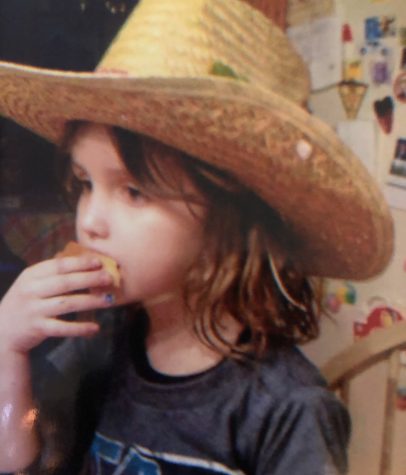
Hi! I’m Claire (she/her). This is my first year as a staff writer for The Register, but I’ve enjoyed writing for as long as I can remember. When I’m...




